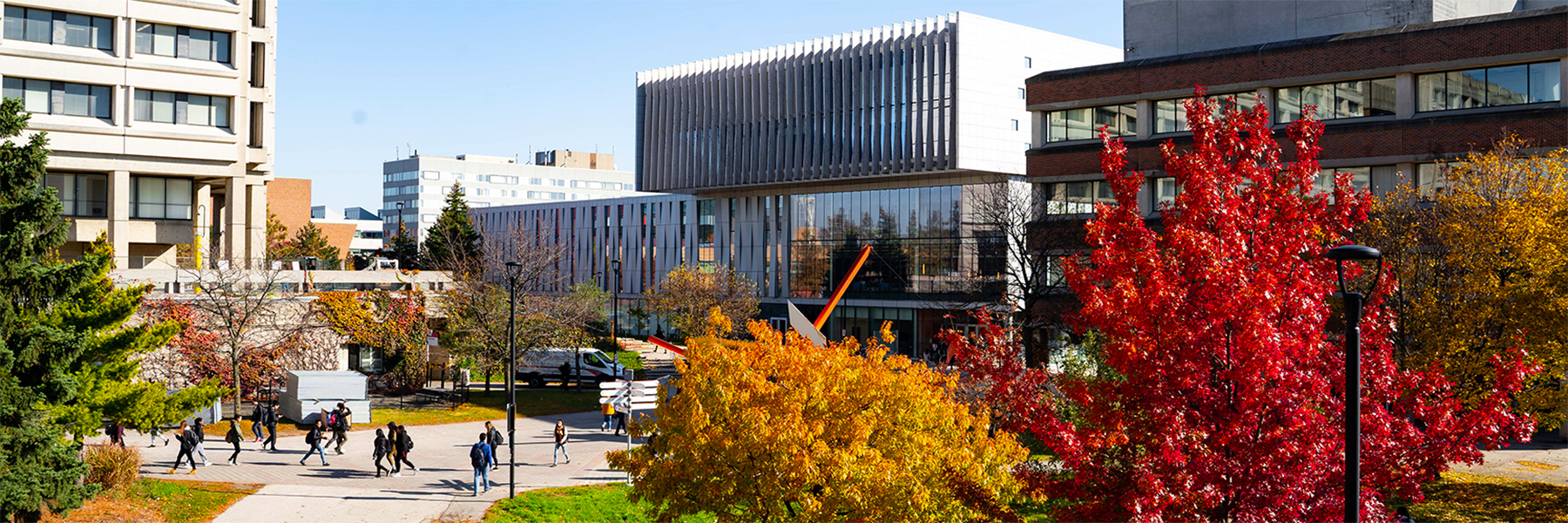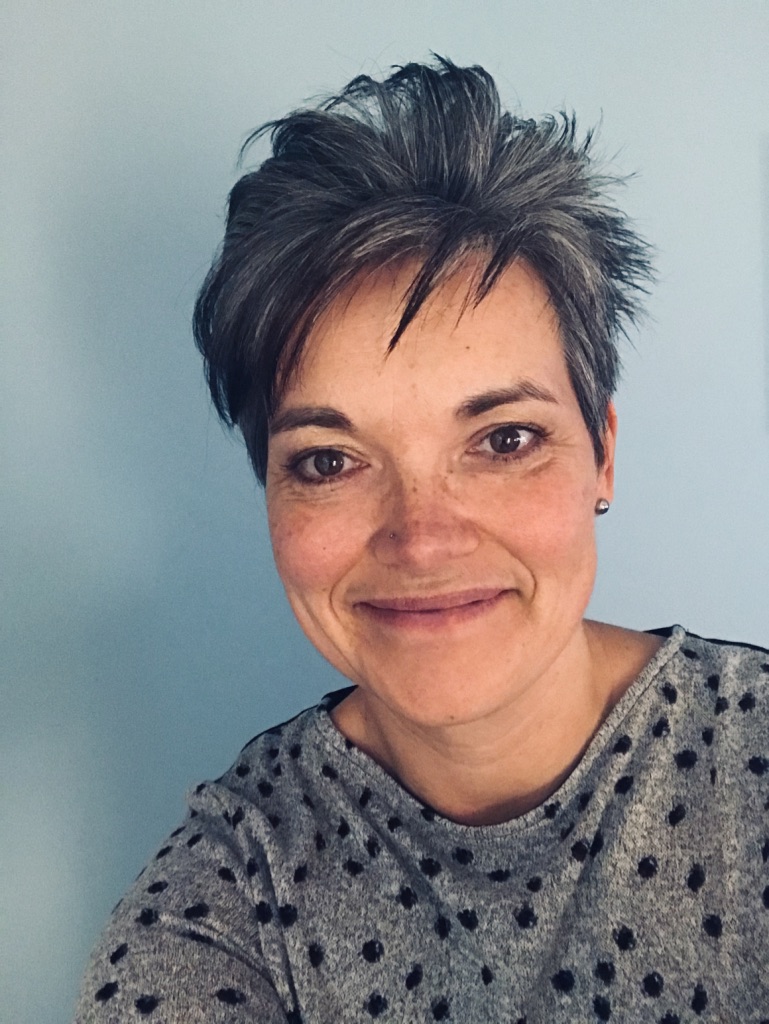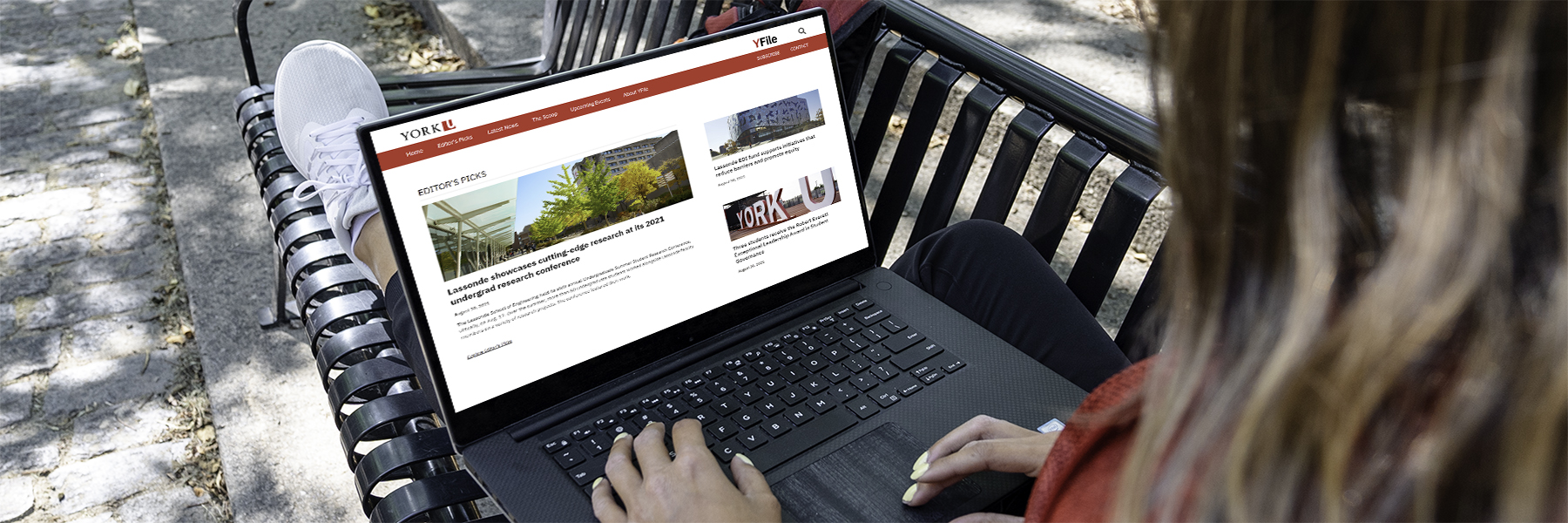Advancing YU, a new mentorship program launching this month by the Faculty of Liberal Arts & Professional Studies, brings students together with accomplished alumni.
By Elaine Smith, special contributor
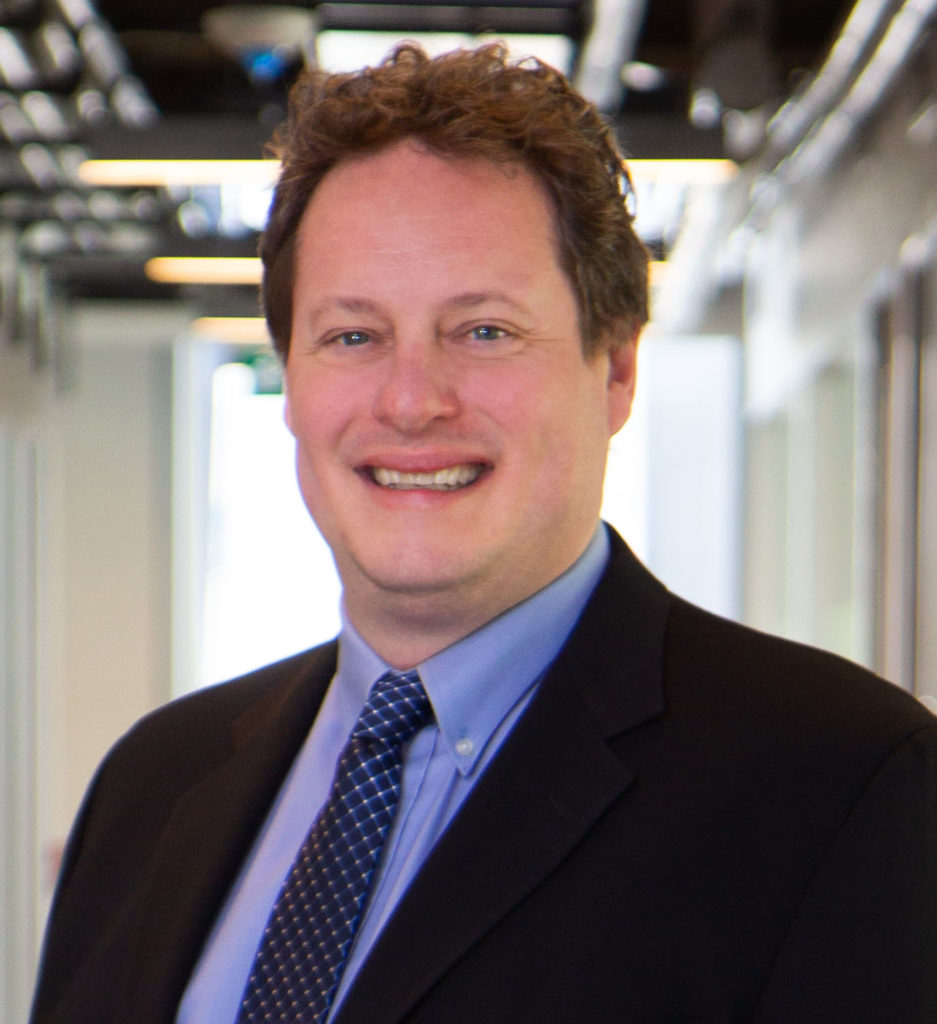
Advancing YU, a mentorship pilot program being launched by the Faculty of Liberal Arts & Professional Studies (LA&PS) this month, focuses on women students and Black students, groups that have been historically held back in their pursuit of successful careers, said LA&PS Dean J.J. McMurtry.
“A number of our alumni have succeeded despite the obstacles they face (as our strong pools of mentors demonstrate), but the reality is that those barriers still exist, so it requires a special effort to overcome them,” McMurtry said. “In LA&PS, we see it as our obligation to do what we can to level the playing field for these students, and we are incredibly delighted that our alumni feel the same way and are enthusiastic about participating in Advancing YU.”
McMurtry says mentorship programs provide real benefits to students.
“All of our students are learning extremely valuable skills, but it isn’t always immediately obvious to them how to navigate the transition from a degree to a career, particularly in liberal arts programs,” he said. “Hearing from someone who has already made these transitions successfully, and having the opportunity to ask that person questions on a regular basis during the five months of the program, is incredibly important.”
Advancing YU has been two years in the making, as Muneeb Syed, associate director of advancement for LA&PS, held brainstorming sessions and focus groups with alumni and interviewed staff and students to determine what type of mentorship program would be most meaningful to all parties involved.
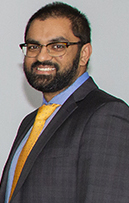
“The dean wanted to create a program that would draw alumni to the Faculty and discovered that they wanted real engagement with students, not simply to serve as referrals,” said Syed. “We also knew that 50 per cent of the students from our Faculty are either new Canadians or first-generation university students who might not have access to career planning resources in the form of advice-givers.”
After these key inputs were synthesized, Advancing YU was born. The program consists of two streams: Advancing Black Students and Advancing Women. Each program links an alumnus/a with three students. In addition to meeting with their mentor once a month, each student will: take advantage of professional development opportunities at York; volunteer at or attend a relevant York event; and write monthly reflections about what they are learning and how it is moving them toward their goals.
On top of benefiting from all of these resources, the students will receive a $1,000 scholarship. Beyond their generous contributions of time, mentors have supported these scholarships financially, which will defray some of the students’ expenses and, perhaps, make it possible for them to work fewer hours to pay for their education.
“Our mentors’ financial contributions send a message to our students that the alumni are all in; they are invested in the program,” said Syed.
Student applications to Advancing YU programs give students an opportunity to talk about their goals and interests. This helps LA&PS make mentor-mentee matches that will maximize the benefit to both sides.
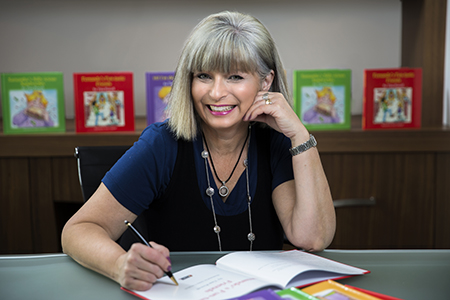
Children’s author, communication specialist and women’s rights advocate Tina Powell is looking forward to mentoring a trio of students.
“As soon as I heard about the program, I was eager to support young women advancing their careers,” Powell said. “People often see mentorship as a one-way street, but there also is so much coming back to the mentor. I think the program will create a very special bond between mentors and mentees.”
Powell is no stranger to the power of mentorship and has mentored writers throughout her career. Powell also inspires thousands of women across Canada through her Instagram page, Canadian Women Who Rock.
“Experience is such a priceless commodity and to be able to tap into and get the insights someone has to share is invaluable,” Powell said. “Women supporting women is amazing and essential. I absolutely applaud York for bringing this program into being, especially with the pandemic ongoing. It will undoubtedly give the Advancing Women mentees a meaningful advantage in the marketplace.”
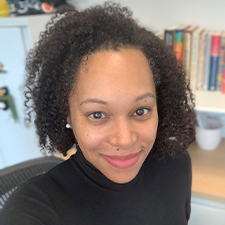
Anika Holder, vice-president of human resources for Penguin Random House Canada, will be serving as a mentor to Black students.
“My experience at York is an integral part of where I am today,” Holder said. “One of the reasons I wanted to participate in the program is because at this point in my career I felt it was time to reach back and lift up. When I was a student, I didn’t know where to turn. There was no example readily available who represented me, no role models. As students start thinking about their careers, it’s helpful to have a real-life example who can offer their thoughts and help them to uncover and shape their vision.
“Even when I did have a career mentor, there were important parts of my lived experience this person didn’t share and often did not understand – further impacting my sense of belonging, my ability to feel seen and, at times, my professional growth. There’s a risk in sharing lived experiences (of being racialized) if you don’t perceive that person as having relatable lived experience or as being open and curious enough to learn from it and integrate it into their guidance.”
Holder is eager to meet her mentees.
“It’s nice to be connected to York University and to younger people; I’m broadening my community.”
McMurtry is delighted that LA&PS has registered 20 mentors in the Advancing Women stream and 26 mentors in the Advancing Black Students stream of Advancing YU.
“Every mentor we’ve ever talked to says they get more out of our mentorship programs than they put into them,” McMurtry said. “Alumni have so much great advice to offer, and sometimes they’re even surprised to learn how much knowledge and wisdom they’ve acquired over 10, 20 or more years in the workforce.”
It’s what Powell calls a “win-win-win” situation: students, mentors and York University will all be enriched through their participation in this innovative new program.



